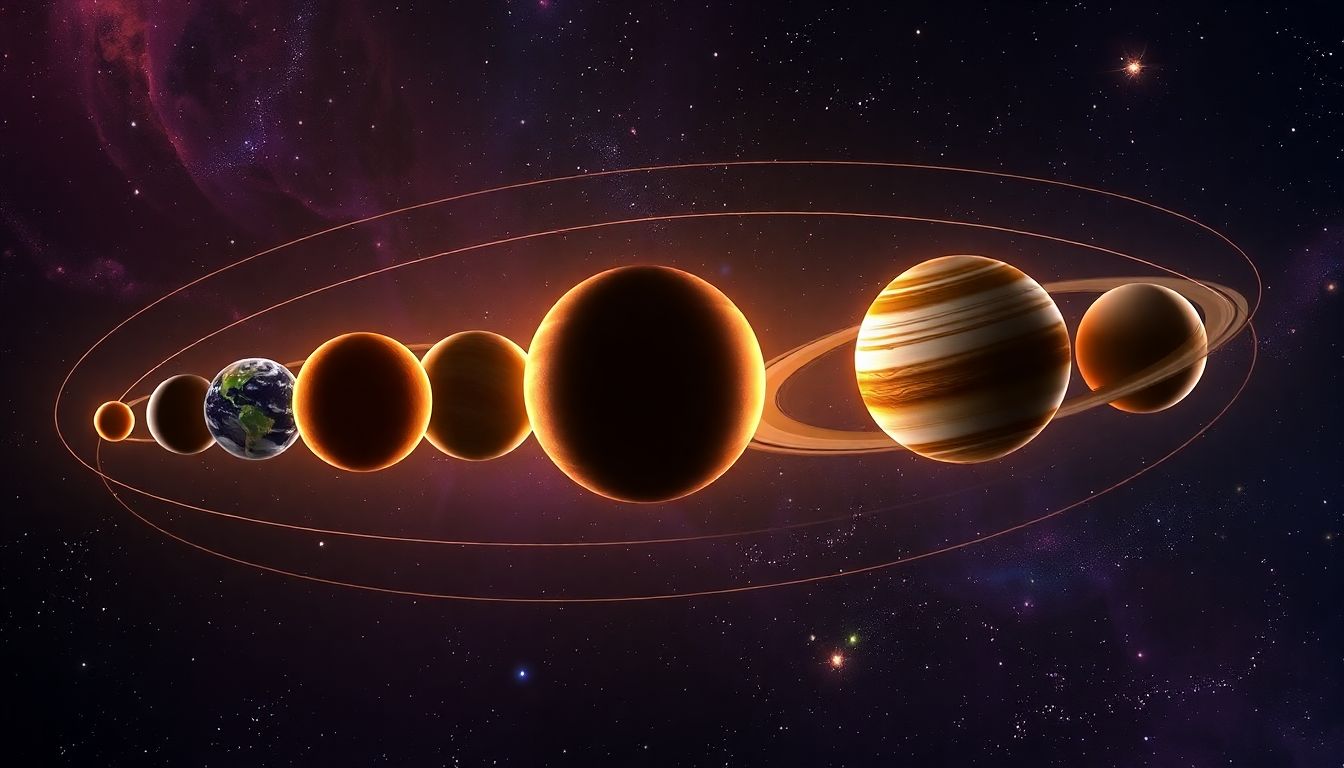
The Positions of the Planets Right Now and Why They Matter: A Comprehensive Guide
Introduction
Have you ever wondered what the planets are up to right now? Their positions are more than just dots in the sky—they influence how we feel, think, and make decisions. Whether you’re into astrology, astronomy, or just curious about the universe, understanding where planets are today can give you real insight. These celestial moves happen constantly, affecting everything from personal moods to global events. Knowing where the planets are now helps us stay connected to the cosmos, offering both scientific facts and spiritual guidance.
Understanding Planetary Positions and Their Movements
The Basics of Planetary Orbits
Planets move around the Sun in paths called orbits. Each planet has a different pace, taking a varying amount of time to go all the way around. Mercury circles the Sun in just 88 days, making it the fastest. Venus takes 225 days, and Mars completes its orbit in about 687 days. These speeds influence where they appear in the sky at any given time. In astrology, planets sit in zodiac signs, which helps us interpret their effects.
How Astronomers Track Planetary Positions
Scientists use several tools to pinpoint where planets are. They rely on detailed charts called ephemerides or software that simulates the sky. Telescopes help astronomers confirm positions observed in data. This precise tracking allows space agencies to plan missions, ensuring spacecraft are correctly aligned with planets or satellites.
The Difference Between Astronomical and Astrological Positions
While astronomers measure planets based on exact locations in space, astrologers see these placements as symbols affecting human lives. The scientific view focuses on accurate coordinates, while the spiritual approach assigns meaning to the positions relative to zodiac signs. Both perspectives reveal different truths about planetary locations.
Current Planetary Alignments and Their Significance
Major Planetary Aspects and Configurations
Certain arrangements, called aspects, create special energies. When planets line up closely, we call it a conjunction. Oppositions occur when planets are on opposite sides. Squares and trines are other angles that influence energy flow. Right now, some notable alignments include a Mars-Uranus conjunction, promising a surge of energy and sudden changes. Such setups can impact global affairs, mood swings, and personal growth.
The Influence of Outer Planets (Uranus, Neptune, Pluto)
Slow-moving planets like Uranus, Neptune, and Pluto stay in signs for years. These big planets shape long-term trends. For example, Uranus today sparks innovation and change, while Neptune stirs our imagination and dreams. Recent transits, like Neptune’s move into Pisces, deepen artistic and spiritual pursuits worldwide.
Personal Astrology and Natal Chart Implications
If you know your natal chart, you can see how current planetary moves affect you. For example, a transit of Jupiter over your sun boosts confidence. Mars moving through your career sector can energize work projects. To interpret personal influences, compare planets’ current positions with your birth chart.
Scientific Impact and Astronomical Relevance
The Role of Planetary Positions in Space Missions
Exact planet locations are crucial for space exploration. Missions to Mars or beyond depend on accurate planetary data. Spacecraft navigation needs precise timing and positioning to reach their targets safely. Upcoming missions, like those exploring asteroids, rely heavily on up-to-date planetary information.
Understanding Climate and Tides
While the Moon and Sun have the biggest pull on Earth’s tides, other planets play a role in the overall gravitational dance. Their positions can influence Earth’s climate patterns indirectly. By studying these alignments, scientists better understand complex earth-space interactions.
Predictive Astronomy and Calendar Planning
Astrologers and astronomers both use planetary positions to predict celestial events. Eclipses, meteor showers, and even the best times for planting crops depend on where planets are located. Knowing current alignments can help us plan holidays or important activities around cosmic events.
Practical Applications and How to Use Planetary Position Data
Personal Growth and Decision-Making
Tracking planetary transits can help you time key moments. Waiting until planets are favorably aligned might bring better results for new ventures or major life changes. Use apps, ephemerides, or consult with astrologers to find the best timing for your goals.
Spiritual and Meditative Practices
Some use planetary energies during meditation or rituals. For instance, during a full moon, focus on releasing worries. During Mercury retrograde, double-check your plans. Aligning with current planetary influences can enhance your spiritual journey.
Education and Public Awareness
Learning about planetary movements encourages curiosity about space. Resources like astronomy websites and planetarium visits make understanding celestial mechanics easier. A scientifically literate society can better appreciate the universe’s wonders.
Conclusion
Knowing the positions of the planets right now offers valuable insights from both science and spirituality. These celestial bodies influence our lives in subtle and profound ways. Staying informed about cosmic shifts helps us make smarter choices and deepens our connection with the universe. Keep an eye on the sky—what the planets are doing today might just inspire your tomorrow.

